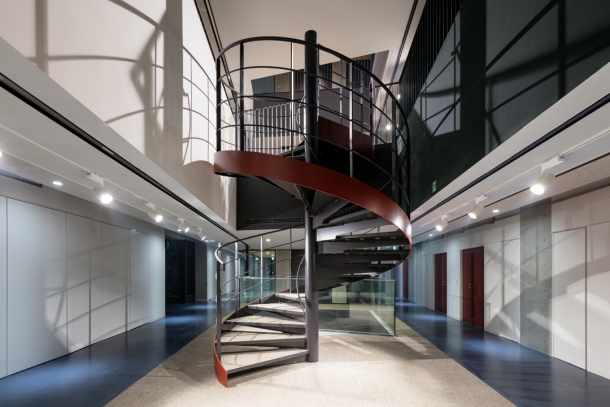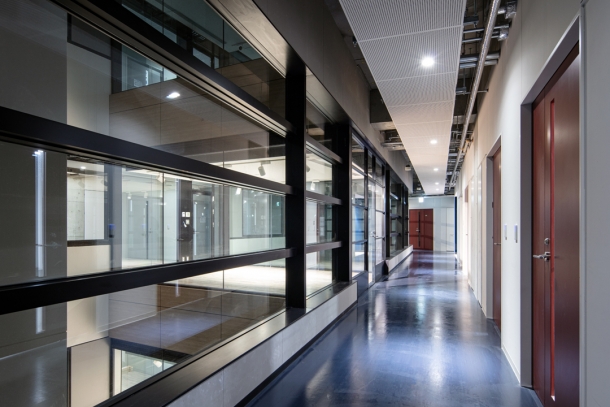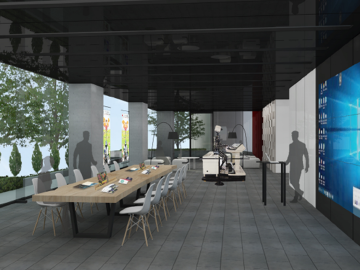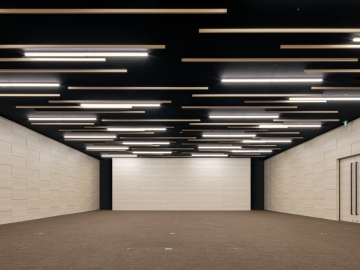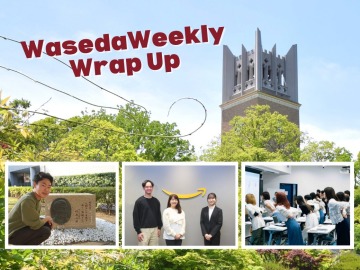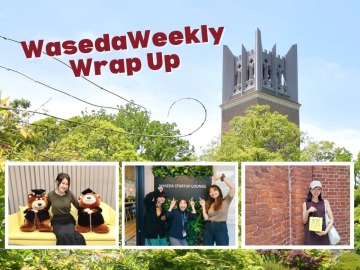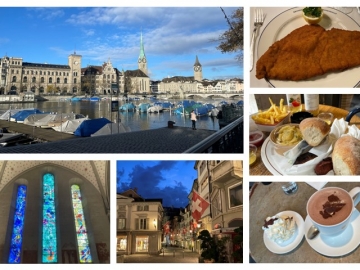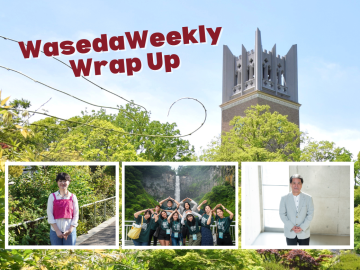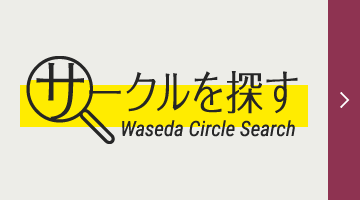In March 2020, Waseda University completed the construction of Building 121, a new research development building on Waseda Campus that will establish a research environment and research support capabilities for collaborative research between industry, government, and academia.
On the first floor of Building 121, which runs along the street, is a Tully’s Coffee shop. Because classes are being conducted online, many Waseda students may not know about this building. But, the truth is, Waseda’s future actually rests on this building. How will Waseda use this building going forward? To find out, we spoke with Hironori Kasahara, Waseda University Senior Executive Vice President for Research, to learn about Building 121’s new infrastructure for collaboration between industry and academia.
*This interview was conducted remotely
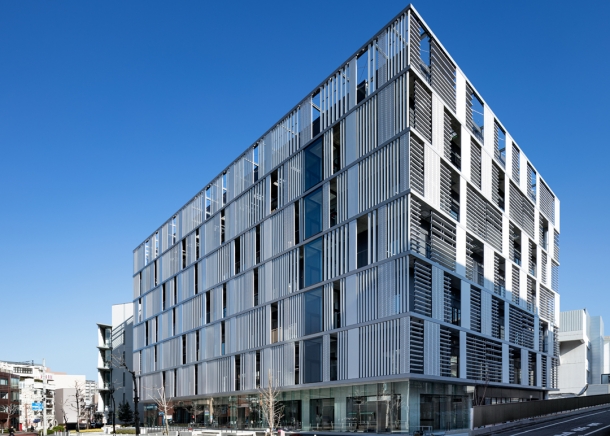
Building 121 is located on the former site of research facilities (Building 120-2, 3, and 4) that utilized the renovated former building of the Waseda Jitsugyo High School
Creating New Ideas at Building 121 to Compete on the World Stage
Waseda University Senior Executive Vice President Hironori Kasahara
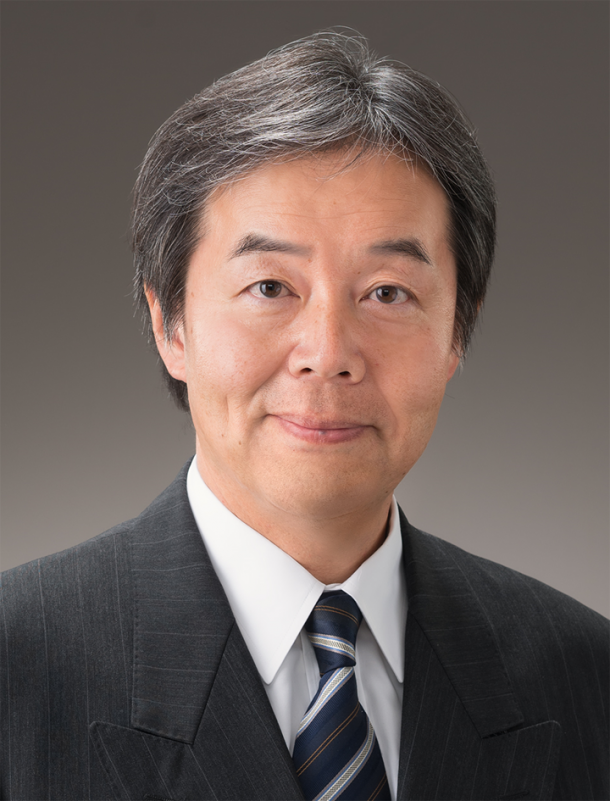 After graduating from Waseda University Senior High School in 1976, Hironori Kasahara received his Bachelor of Engineering from Waseda University’s School of Electrical Engineering in 1980, followed by his Master of Engineering in 1982. In 1985, he completed Waseda University’s doctoral program and obtained his PhD. That year, he worked as a visiting scholar at the University of California, Berkeley. In 1986, he assumed a post as Assistant Professor at the Faculty of Science and Engineering and became an Associate Professor in 1988. He became Professor at the Faculty of Science and Engineering in 1997, and from 1989 to 1990, was a visiting research scholar at the Center for Supercomputing R&D, University of Illinois at Urbana-Champaign. In 2004, he became Director of the Advanced Multicore Processor Research Institute, and in 2017, a member of The Engineering Academy of Japan (and Director in 2020) and the Science Council of Japan. In 2018, he became President of the IEEE Computer Society (a top global computer academic society with members from 168 countries). He became a Senior Executive Vice President of Waseda University in November 2018.
After graduating from Waseda University Senior High School in 1976, Hironori Kasahara received his Bachelor of Engineering from Waseda University’s School of Electrical Engineering in 1980, followed by his Master of Engineering in 1982. In 1985, he completed Waseda University’s doctoral program and obtained his PhD. That year, he worked as a visiting scholar at the University of California, Berkeley. In 1986, he assumed a post as Assistant Professor at the Faculty of Science and Engineering and became an Associate Professor in 1988. He became Professor at the Faculty of Science and Engineering in 1997, and from 1989 to 1990, was a visiting research scholar at the Center for Supercomputing R&D, University of Illinois at Urbana-Champaign. In 2004, he became Director of the Advanced Multicore Processor Research Institute, and in 2017, a member of The Engineering Academy of Japan (and Director in 2020) and the Science Council of Japan. In 2018, he became President of the IEEE Computer Society (a top global computer academic society with members from 168 countries). He became a Senior Executive Vice President of Waseda University in November 2018.
Building 121: A Facility Symbolizing the Advancement of Collaboration between Industry, Government, and Academia
This building is a realization of Waseda University’s current slogan, “A Waseda that Shines on the World Stage.” In June 2019, the University integrated four functions — research strategy planning; collaboration between industry, government, and academia; management of intellectual property; and entrepreneurship — and launched Research Innovation Center, a comprehensive organization to support research.
Collaboration between industry and academia is an especially important issue for the University. The University is enhancing its collaborations with industry to advance the development of new technologies and products and launch products and services that will improve the lives of people around the world. Furthermore, universities and resourceful students, staff, and faculty will create venture businesses and support a path for timely competition on the world stage. Building 121, the construction of which was just completed, is a facility that symbolizes this advancement of collaboration between industry and academia.
The lounge, which faces the atrium (pictured left), and a spacious hallway (pictured right)
Of course, the completion of a building won’t change everything overnight. The building must be utilized effectively as a symbol for innovation and the generation of new ideas.
One of these ideas is the Waseda Open Innovation Ecosystem. The “ecosystem” refers to chain reactions that lead to growth and survival.
So, what is open innovation? As the birth rate declines and the number of engineers and researchers decreases, it will be difficult for a single company to develop products that are internationally competitive. In these times, where are the new ideas? They are at universities. Universities are constantly resolving unsolved problems and launching new technologies. Open innovation is an approach of combining the expertise of universities with the needs and technology of industry to create products that bring joy to people around the world and add exceptional value.
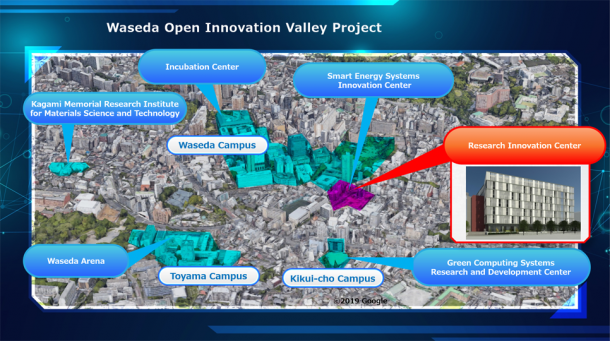
In recent years, the University has constructed various buildings to actualize open innovation (click to expand)
However, there are instances when industry won’t adopt a university’s new technology, regardless of the university’s pleas. Those in industry are producing what the global market needs, which means they grasp “society’s needs.” By sharing these needs with universities, we want Building 121 to become a base where we can come together to think of solutions and produce global products that are one of a kind.
From Building 121, Envisioning a Future of Connecting with Venture Businesses Around the World
There’s an assumption that research development and technological development is unrelated to those in the humanities and social sciences. However, this is a huge misunderstanding. A number of Waseda graduates have launched ventures and grown them into leading global companies. These include the fashion company Uniqlo and the flea market application Mercari. People from the humanities and social sciences have conceptualized new business structures and utilized cutting-edge information and communications technologies to expand them throughout the world.
The questions of how to create new business models and commerce structures, make full use of information technologies, reduce costs, and produce positive added value for users do not entirely depend on technological expertise. Whether one can launch a venture business that integrates ideas from the humanities and social sciences — more so than ever before — is also important.
There are actually many venture businesses situated around Waseda Campus. But, unfortunately, we haven’t been able to adequately establish a network with them. With Building 121, we will fuse science and technology with the humanities and social sciences, and with the support of seasoned graduates, create a future where we can connect with venture businesses around the world.
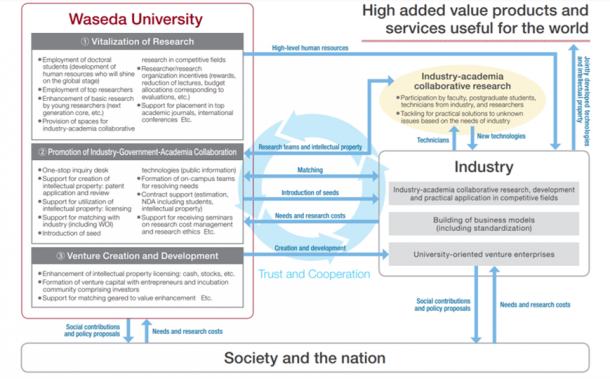
With Building 121, the University will enhance collaborations between industry, government, and academia and foster venture businesses (click to expand)
Building 121 houses a basement conference room furnished with advanced IT equipment, making it suitable for international conferences, as well as meeting rooms. On the first floor is a gallery that can be used as an exhibition space, a lounge, or a reception room, making it suitable for events showcasing cutting-edge technologies.
The first-floor gallery functions as a place where students, staff, and faculty, as well as alumni currently in business, can gather to share new ideas and lay the groundwork for potential partnerships and investment opportunities. We want it to be a place that will make Waseda a destination to discover new businesses opportunities.
Conceptual image of the first-floor gallery (pictured left), and the basement conference room, which has a 200-person capacity (pictured right)
In addition to the gallery is a one-stop reception window that will receive inquiries from alumni and those in industry and will promote coordinated partnerships within the university.
As reflected by its selection for the Japan Science and Technology Agency SCORE program, Waseda is recognized for its high growth potential and potential to produce venture businesses. Using this national support, we believe we can utilize the one-stop reception window to create a wide range of proposals.
Like Silicon Valley in the United States — the holy ground for IT businesses — we hope to gradually make Building 121 Waseda’s own innovation valley: a center for collaboration between industry and academia throughout Waseda that will produce new technologies.
These kinds of initiatives are also being taken up by the University of Oxford, the University of Cambridge, and other universities around the world. In fact, after hitting it off with University of Oxford Vice-Chancellor Richardson, we concluded a university-wide agreement in April 2020 with the University of Oxford to strengthen collaboration in the fields of computer science, mathematics, and physics. This agreement will enhance organizational research and educational exchange between Waseda University and the University of Oxford.
Since 2017, the University of Oxford has ranked 1st in the World University Rankings for five consecutive years. It’s a university the world is paying attention to.
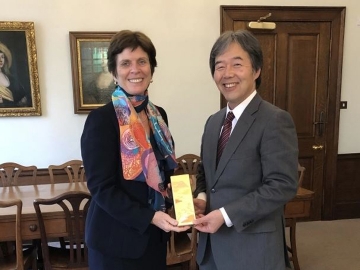
The University of Oxford Vice-Chancellor Richardson (pictured left) and Senior Executive Vice President Hironori Kasahara (pictured right)
This is truly the important start of a “Waseda that Shines on the World Stage.” It’s said that it took 40 years for American universities to catch up to their European counterparts. I want Waseda to catch up the world top universities with continuous efforts.
It’s the wide range of experiences our 64 thousands of alumni have in various industries, including in venture businesses, that makes Waseda special. I hope to have these alumni gather at Building 121 and amplify Waseda’s energy to the world. Building 121 is a place where anyone can discuss research and entrepreneurship. I encourage all Waseda students, faculty, and staff to learn about the perspectives of our globally active alumni, as well as the needs of society, and generate new ideas that will enrich the lives of people around the world and contribute to safety, security, and sustainability.
About Building 121: A New Research and Development Building
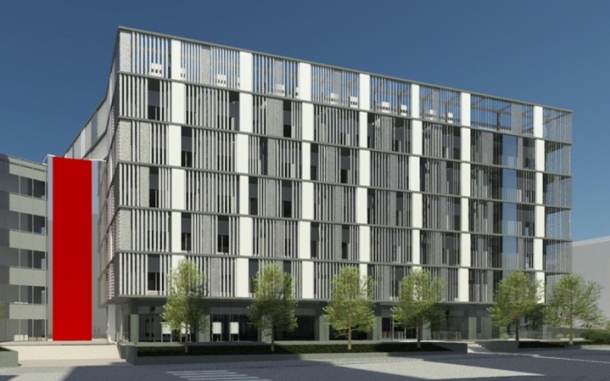
The exterior of Building 121
Building 121 is a new research development building located on the former site of research facilities (Building 120-2, 3, and 4) that were situated in the renovated former building of the Waseda Jitsugyo High School. Its construction was completed in March 2020.
The building has two basement floors and six above-ground floors, with a total floor space of approximately 18,536.98 square meters. There is zoning on each floor, with laboratories primarily located between the second and sixth floors. The first and first basement floors are designated outside security areas centered on the entrance hall. There are meeting rooms, a gallery, a conference room, and a reception counter to encourage visits from a wide range of guests from outside the university.
【For inquiries】
Waseda Campus Building 121
Address: 513 Waseda Tsurumakicho, Shinjuku, Tokyo; WasedaOneStopResearch
https://waseda-research-portal.jp/inquiry/
Interview and text: Nato Oguma
Twitter:@oguman1977

